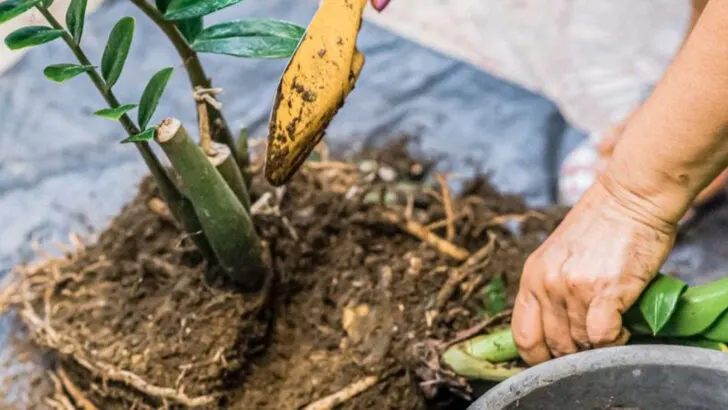In the age of gardening apps, automatic irrigation, and store-bought seedlings, it’s easy to forget that growing food used to be a necessary life skill, not a weekend pastime. But if the last few years have taught us anything, it’s that the systems we rely on can shift quickly—and when they do, old knowledge becomes new power.
Many traditional gardening skills—once passed from generation to generation—have quietly faded from everyday use. Things like saving your own seed, understanding natural pest cycles, or composting with kitchen waste used to be second nature. Today, they feel almost revolutionary. Yet these forgotten practices are exactly what make a garden resilient, productive, and truly self-sufficient.
Whether you’re trying to lower your grocery bill, prepare for uncertainty, or simply get back to basics, these 17 skills are worth learning (or relearning). They’re not flashy, but they’ve stood the test of time—and in today’s world, they might just be more important than ever before.
Soil Composition Understanding
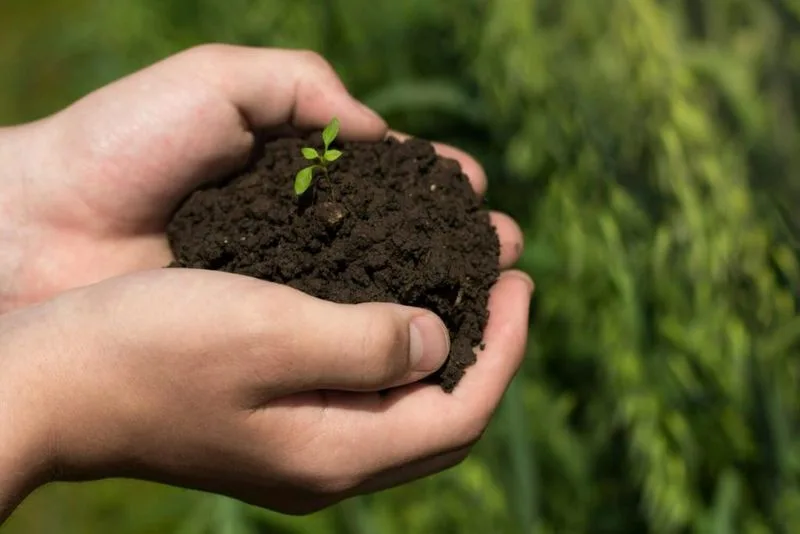
Ever wondered how plants thrive? Knowing the composition of soil is fundamental. It’s not just dirt; it’s a combination of sand, silt, clay, and organic matter. This balance affects water retention and nutrient availability.
By identifying the soil type in your garden, you can make informed decisions on what plants suit your environment. Some plants flourish in sandy soil, while others need the richness of loam.
Enhancing soil quality can lead to bountiful harvests and vibrant blooms, making soil understanding a skill worth mastering.
Composting Techniques
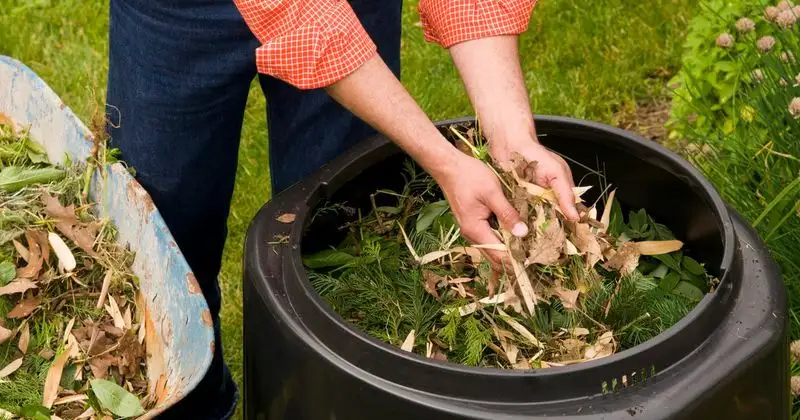
Transforming kitchen scraps into nutrient-rich compost is a gardener’s alchemy. This age-old practice reduces waste and enriches soil.
By learning the balance of greens and browns in your compost, you turn waste into a garden asset. Not only does it support plant growth, but it also fosters a sustainable gardening cycle.
With patience, you’ll see how peels and leaves become black gold for your garden. Composting is a rewarding skill that connects us with nature’s recycling process.
Seed Saving
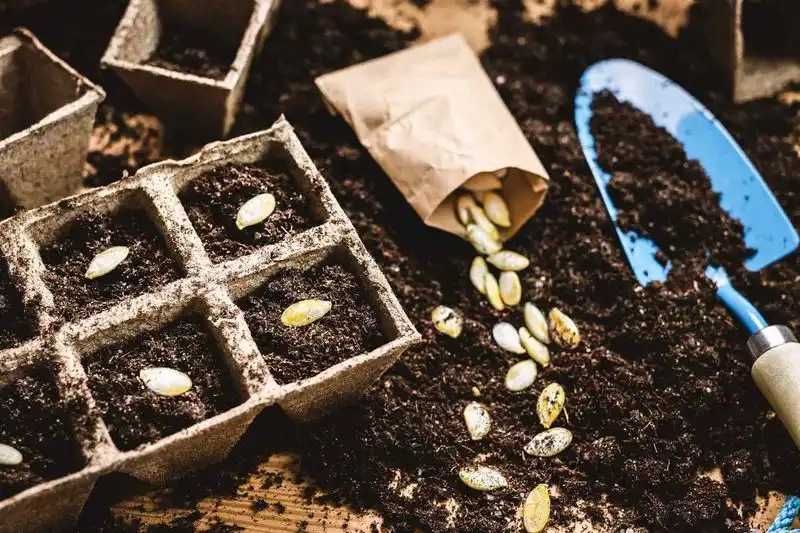
Did you know that saving seeds preserves plant heritage? This traditional technique ensures a continuous supply of your favorite plants.
By collecting seeds from the best performers, you create plants that are well-suited to your local environment. It’s an empowering skill that fosters self-sufficiency.
Each seed holds the promise of future growth, making seed saving both a practical and poignant practice. As you gather seeds, you also gather memories of gardens past.
Pruning Mastery
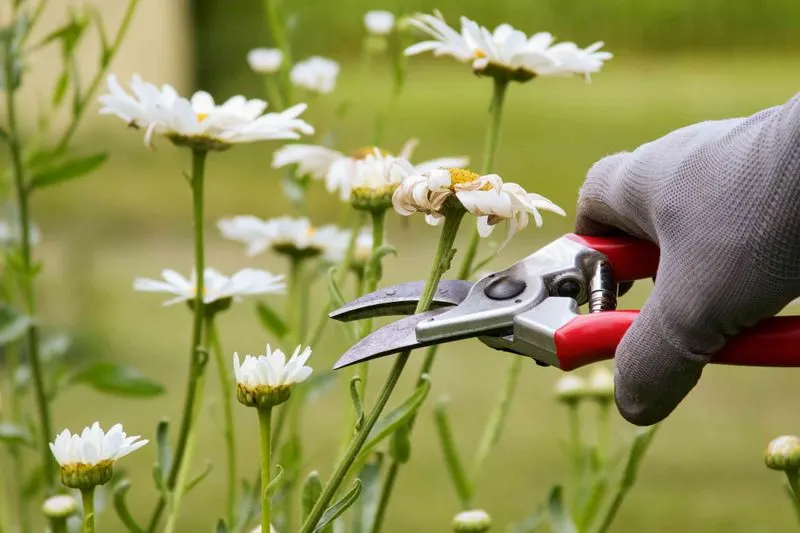
Pruning is an art form. It’s about shaping plants for health and productivity. The key is knowing when and where to cut.
Proper pruning encourages growth, removes dead wood, and helps plants resist disease. Different plants require different techniques, and mastering these can lead to stunning garden displays.
This skill not only improves plant health but transforms your garden into a work of art. Pruning is where science meets creativity.
Grafting Skills
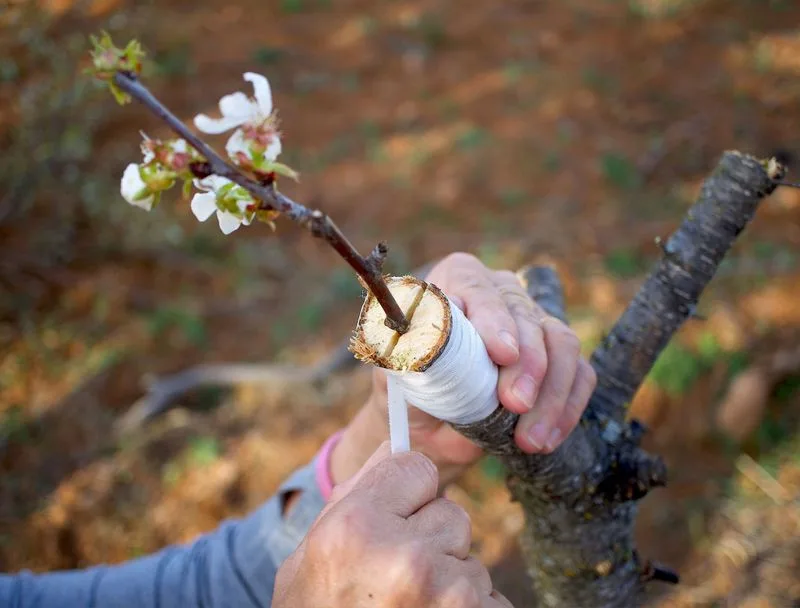
Grafting unites two plants to grow as one, offering the best of both worlds. It’s a skill that can enhance fruit production and create unique plant varieties.
Imagine a tree bearing multiple fruit types! This technique requires patience and precision, but the results can be spectacular.
By mastering grafting, you can cultivate a garden that showcases innovation and diversity. It’s a botanical blend of tradition and ingenuity.
Natural Pest Control
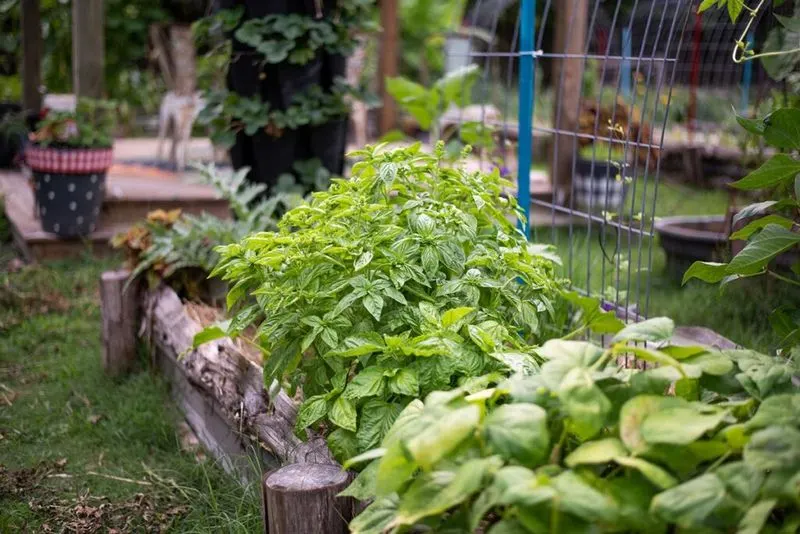
With natural pest control, harmony in the garden is maintained. It’s about using nature to combat nature’s challenge.
By attracting beneficial insects or creating barriers, plants are protected without harmful chemicals. Techniques include companion planting and natural predators like ladybugs.
It’s a sustainable approach that preserves garden health and biodiversity. Embracing this skill means nurturing a garden that thrives in balance with its ecosystem.
Crop Rotation
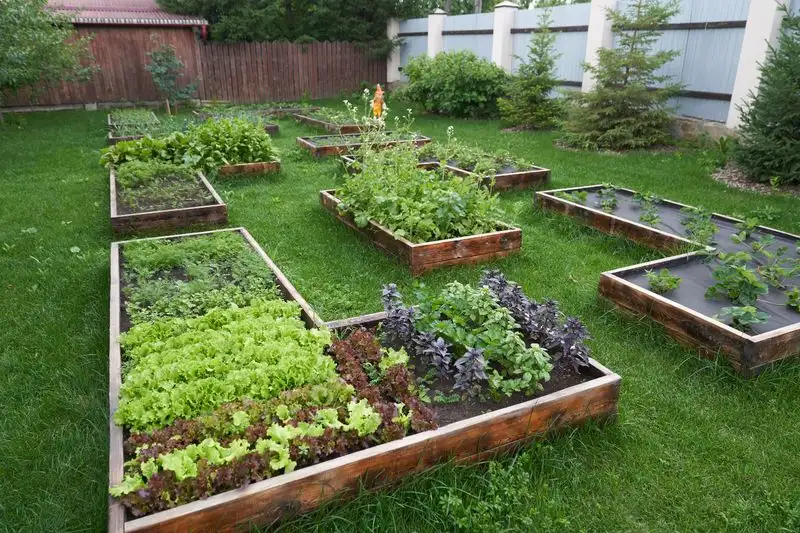
Crop rotation is an ancient practice with modern relevance. By rotating crops, soil fertility is maintained and pests are kept at bay.
Different plants have varying nutrient needs and pest resistances. A strategic rotation enhances soil vitality and maximizes yields.
This technique is crucial for sustainable agriculture, ensuring long-term garden health. It’s a practice that reflects wisdom passed through generations.
Water Conservation Techniques
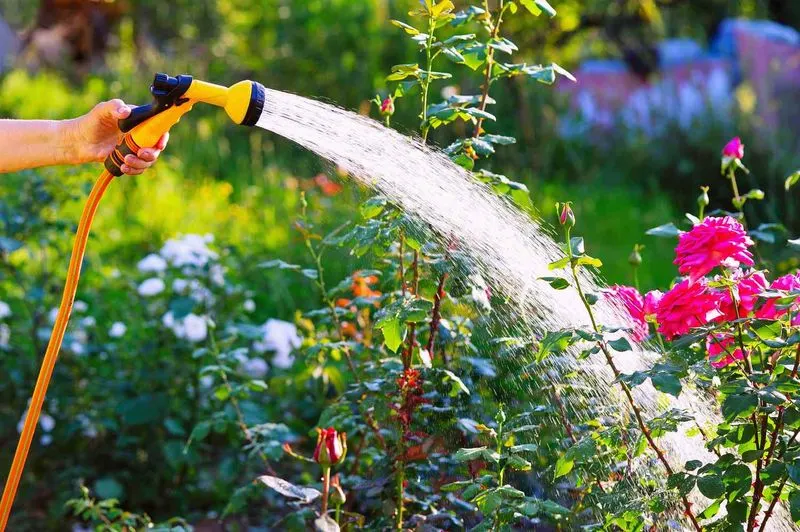
In times of water scarcity, conservation is vital. Techniques like rainwater harvesting and drip irrigation optimize water usage.
These methods not only save a precious resource but also improve plant health. Efficient watering means plants receive what they need without waste.
By adopting these techniques, gardeners can nurture lush landscapes responsibly. It’s a commitment to both garden and environment.
Herb Drying and Preservation
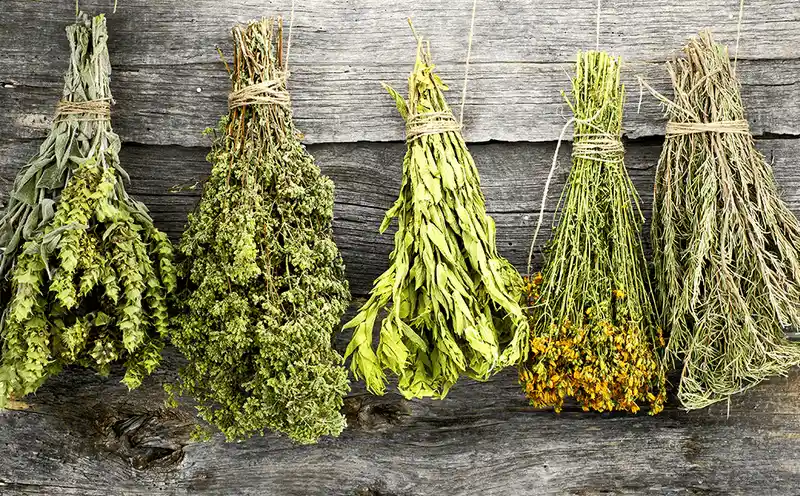
Herbs offer flavor and healing, but preserving them extends their benefits beyond seasons. Drying herbs retains their essence for culinary and medicinal use.
Hanging bundles in a well-ventilated space ensures optimal drying. Once dried, they can be stored in jars for future use.
This practice connects us with traditional methods of food preservation. It’s a simple yet effective way to keep a piece of the garden indoors.
Mulching Practices
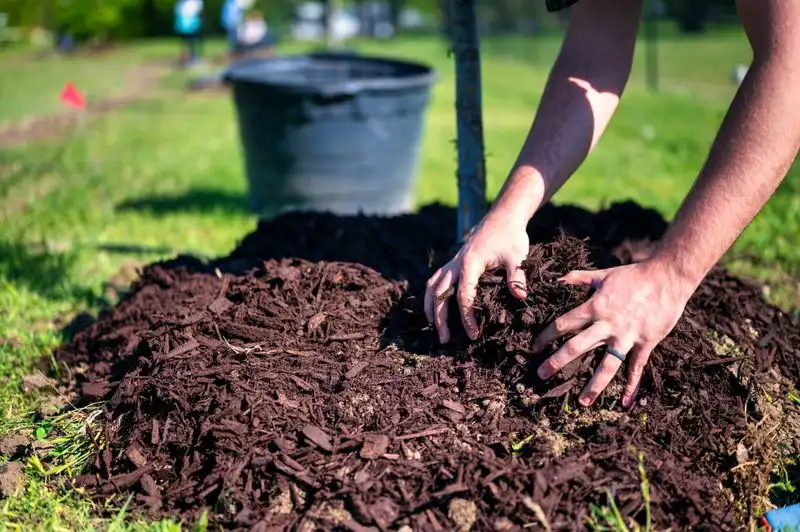
Mulching is a protective blanket for your soil. It retains moisture, suppresses weeds, and enriches soil as it decomposes.
Using materials like straw, wood chips, or leaves, mulching supports a thriving garden ecosystem. It reduces watering needs and improves soil structure.
This practice is a simple step towards a healthier, more sustainable garden. Mulch is nature’s way of nurturing the ground beneath.
Plant Propagation
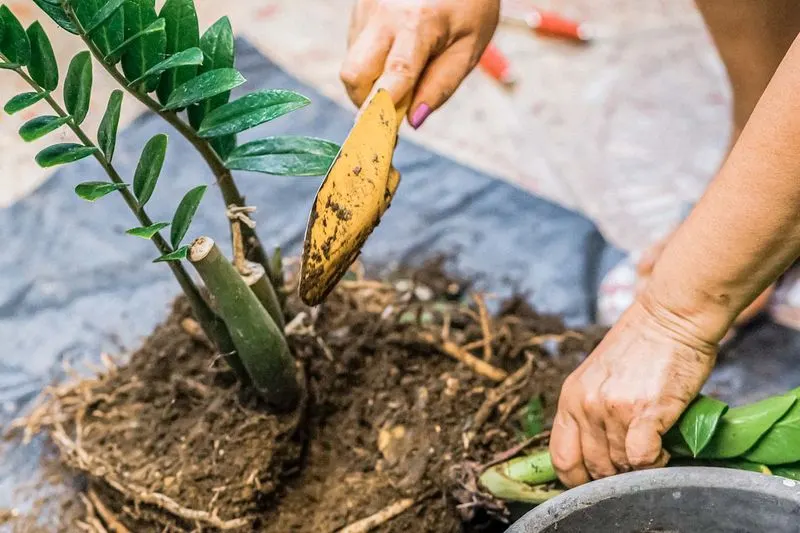
Propagation is about multiplying your plants. Through cuttings or division, new life emerges from existing plants.
It’s a budget-friendly way to expand your garden and share plants with others. Each cutting holds the potential to grow into a flourishing plant.
This technique empowers gardeners to creatively cultivate their spaces. It’s nature’s method of generosity and growth.
Biodynamic Gardening
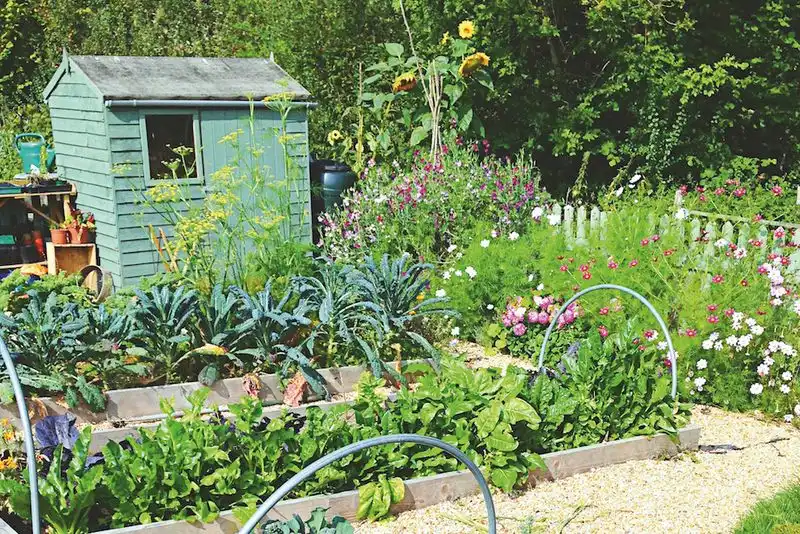
Biodynamic gardening is about harmony with nature. It involves planting by lunar cycles and using natural preparations.
This holistic approach enhances soil and plant vitality. By observing celestial rhythms, gardeners align with nature’s pace.
This ancient method fosters a deep connection between gardener and earth. It’s a spiritual journey woven with scientific understanding.
Bee and Pollinator Support
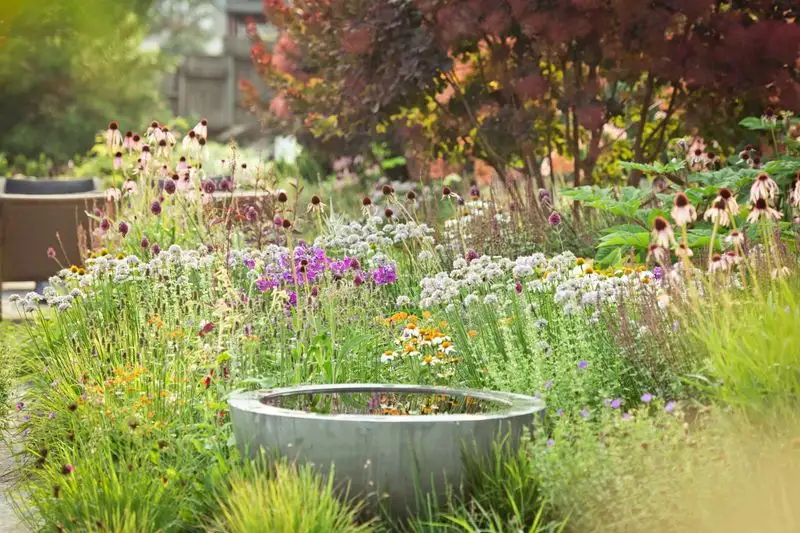
Bees and pollinators are the unsung heroes of gardens. By planting pollinator-friendly flowers, gardeners support these essential creatures.
Providing habitat and food sources ensures that plants are pollinated and ecosystems thrive.
This practice not only benefits the garden but the wider environment. Supporting pollinators is a commitment to biodiversity and ecological balance.
Edible Landscaping
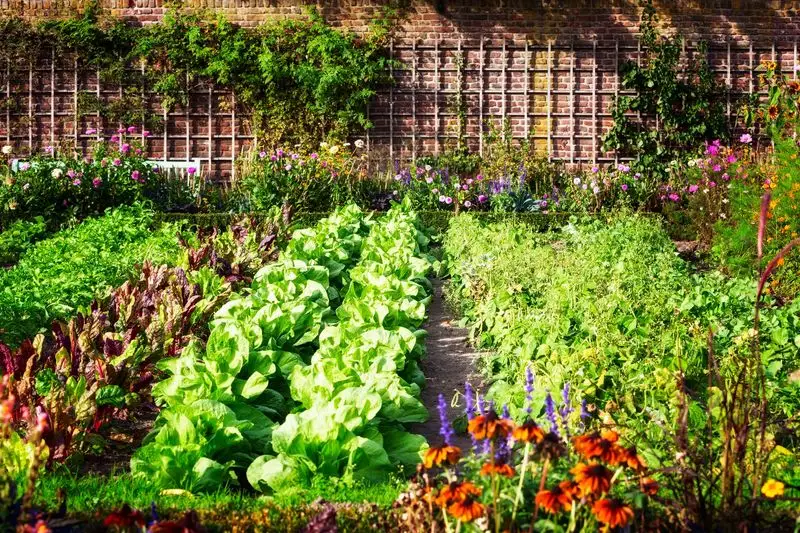
Edible landscaping merges beauty with utility. It’s about integrating food-producing plants into ornamental gardens.
This approach makes the most of garden space, offering both visual and nutritional value. Imagine harvesting fresh produce right from your backyard.
It’s a delightful blend of aesthetics and practicality, where every part of the garden serves dual purposes.
Seasonal Planting
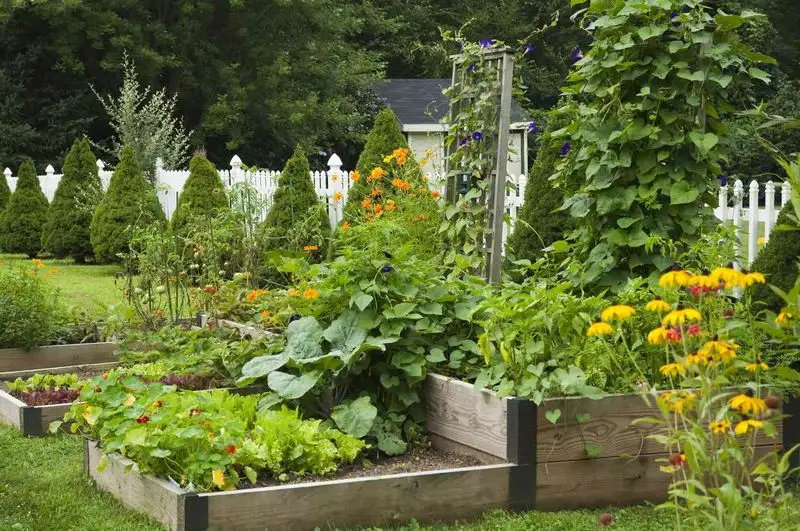
Seasonal planting aligns your garden with nature’s rhythms. By planting at the right time, plants flourish with minimal intervention.
Understanding local climate and seasonal changes ensures that your garden thrives year-round. Each season brings unique opportunities for different crops.
This knowledge is key to successful gardening, reducing effort and maximizing yields. It’s about working with nature, not against it.
Vertical Gardening
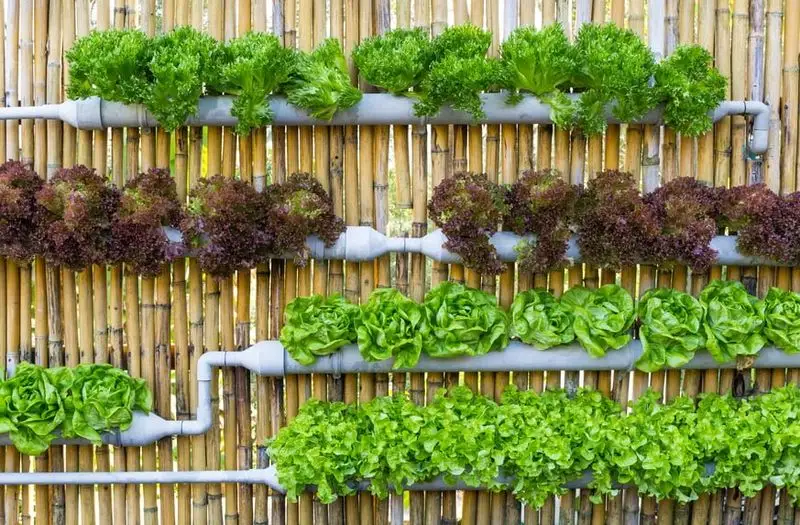
Vertical gardening makes the most of limited space. By growing plants upwards, even small areas can become productive gardens.
This technique is ideal for urban environments, where ground space is scarce. From herbs to flowers, vertical gardens maximize potential.
It’s an innovative solution that turns walls into thriving green spaces. Vertical gardening is about reaching new heights.
Wildlife Gardening
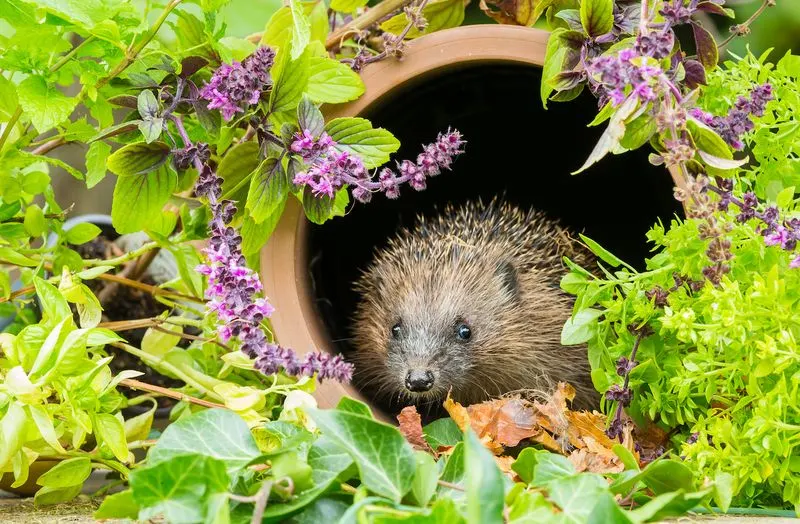
Wildlife gardening invites nature into your space. By creating habitats for birds, insects, and other critters, gardens become vibrant ecosystems.
Using native plants and providing water sources encourage biodiversity. It transforms gardens into sanctuaries for wildlife.
This practice enriches the garden experience, offering a window into the natural world. It’s about coexistence and ecological stewardship.

